The ever-pressing question of every teacher: “How do I get my student’s attention?” According to the CDC, about 9.8% of kids are diagnosed with ADHD. But not all attention struggles can be blamed on ADHD. In America, 1 in 6 kids is faced with food scarcity. It’s incredibly hard to focus on anything else when you’re hungry. Additionally, issues such as anxiety, learning disorders, autism, sensory processing disorders, absence seizures, vision or hearing deficits, and even sleep troubles all create obstacles for kids to focus in class. And even without any of these obstacles to contend with, every single kid is still developing their ability to focus. Focus is a learned skill as well as something developing brains have a limited capacity for. Screen time has also been shown to reduce the ability to focus. So it’s a top priority for teachers to make class time as engaging as possible.

Why Use Classroom Attention Getters?
The first instinct of a teacher, parent, or anyone needing to grab kids’ attention is often a negative reaction. Adults may feel frustrated, angry, overwhelmed, or disrespected by students not paying attention to them. It’s too easy to forget which behaviors we had to learn ourselves since they now come easy to us as well as all the adults around us. Navigating young attention spans with grace and finesse alleviates the negative experience for both students and caretakers.
After a small shock to the system, such as what’s experienced by a teacher shouting out some silly words unexpectedly, students become more open to suggestion. The induced state of confusion leaves us willing to defer to someone else’s sure-footedness. This is a useful bit of psychology to lovingly exploit as a teacher!
Fun, clever attention getters also tend to work much more smoothly and quickly than simply yelling at kids or making threats! So consider incorporating any of the below fun, creative ways to grab your students’ attention for faster, easier, less stressful classroom management.

Classroom Attention Getting Ideas
Call and response
Is a technique where a teacher initiates a cue that students have been taught a response to. For example, the teacher calls out, “Tootsie roll, lollipop” and students respond with, “We were talking, now we stop!” See our article on call and response classroom techniques for 50+ more ideas for using call and response attention getters in class. (include link to call and response article)
Move to a different location
Even if the desks or tables your students normally sit at are a perfectly functional place to complete an activity, tell them you’re going to use more room and have them spread out on the floor. The change in posture and environment is enough to signal something new and different is happening, which has a refreshing effect on the mind. And if it’s a gorgeous day, why not take class outside?
Make noise
Done with a sense of playfulness, of course. Slapping a chalkboard with a ruler or scratching your nails down it is a bit old school and mean-natured. But doing a Woody Woodpecker laugh or even closing a book dramatically can get a giggle and restore attention back to you.
Play music
If you are musically inclined, great! Many teachers use guitar and sing throughout the day with students. If you’re not musically inclined? Not a problem! It takes no skill whatsoever to blow into a harmonica, ding a triangle, wrap mallets on a xylophone, or strike notes on a kalimba. You can still create interesting, engaging sounds with many instruments. You can also just play recorded music!
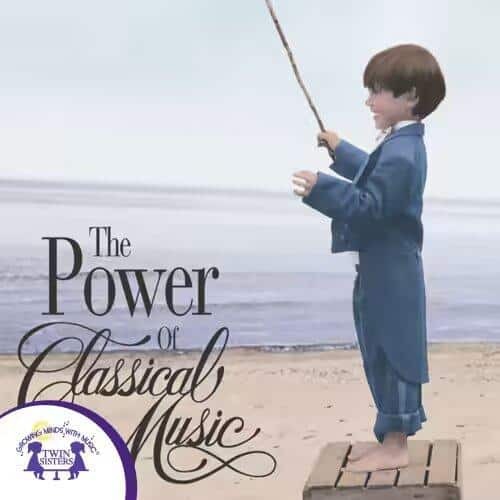
Speak in a funny voice
Kids won’t be able to resist if you suddenly start whispering, singing operatically, speaking in a foreign accent, or doing an impression of their favorite cartoon character. If you see eyes starting to close, try shaking things up with just the power you have to use your voice creatively.
Create visuals
Whenever possible, find a visual to connect to your lesson. Pictures of the people you’re teaching about, pictures from that setting, pictures of how things are made… anything visually stimulating garners attention.
Dress in costume
This could mean you show up as a tiger the day you introduce the unit on ecosystems. Or you can ask your students to dress up as their favorite historical figure.
Move!
Studies show faster reaction times and fewer omission errors are achieved when learning happens in tandem with movement. Get some ideas from these Wriggle Break Cards by SEN Resource Source
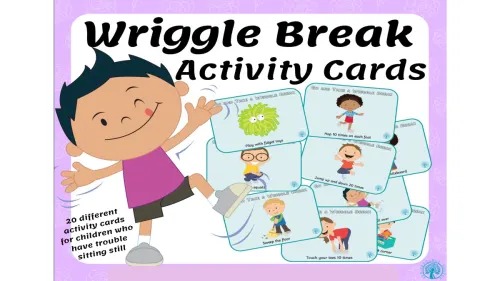
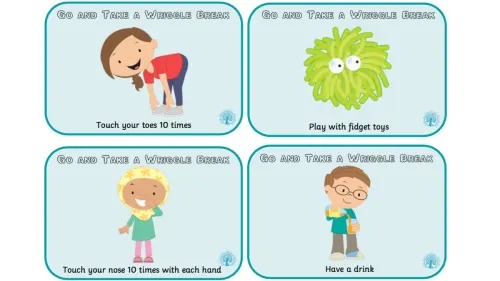
Or try this A to Z Movement Lesson by Jennifer Moyer Taylor with your students.
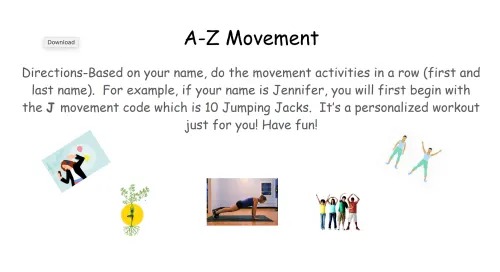
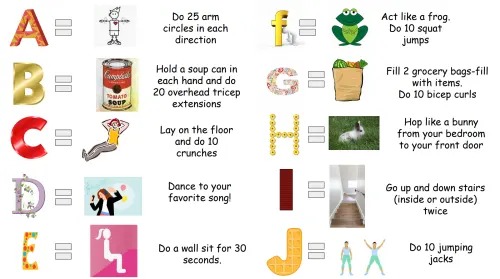
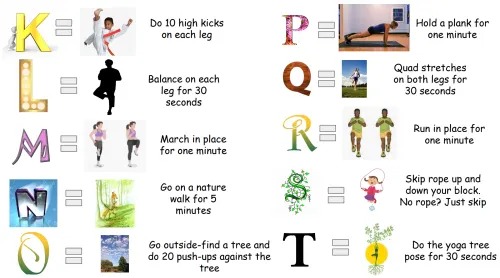
Be interesting
Whatever you do, be interesting! If you love and care about a topic, it will shine through when you teach it. If you’re teaching something you find a little more dry, put some extra thought into what is exciting about this topic and how you can convey that to someone else who may learn to really enjoy it. It may make you realize you enjoy it more, too!
Use humor
The funny teachers are crowd favorites among students. And it’s easy to see why. Humor makes time spent in class more fun, memorable, and engaging. If you can find a straightforward way to deliver information and a funny way to deliver the same information, go with the funny way! Laughter increases dopamine, a neurotransmitter crucial for learning.
Ask questions
The answers don’t have to be the ones you want your students to learn from the lesson. You could also just ask related questions. For example, if you were teaching students about the Northern Lights, you could simply ask if they’ve ever been to Alaska. Allow lessons to feel more like a back and forth to keep students interested.
Make deliberate mistakes
“Just making sure you were paying attention!” It’s a joke commonly made after someone makes an actual mistake. But there’s often truth in jest. Making a mistake in front of your students on purpose can really help liven things up, as well as help solidify the lesson.
Take a brain break
Try a quick game like the Smart Cookie Game by Jennifer Moyer Taylor
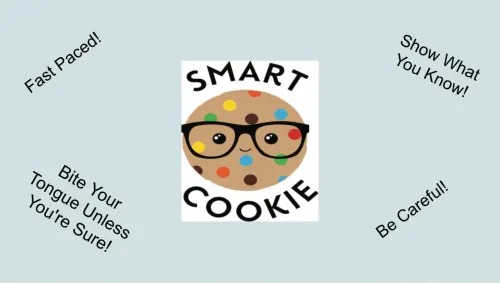
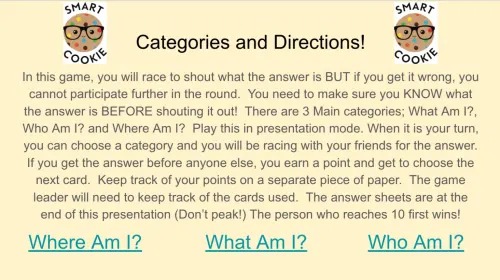
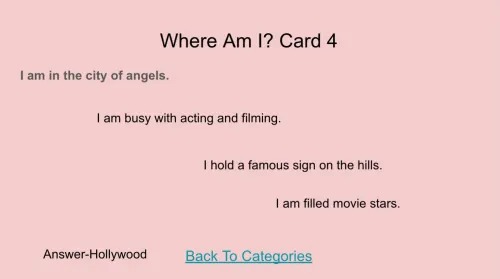
Or pick an activity from these Brain Break Task Cards by Top Notch Teaching
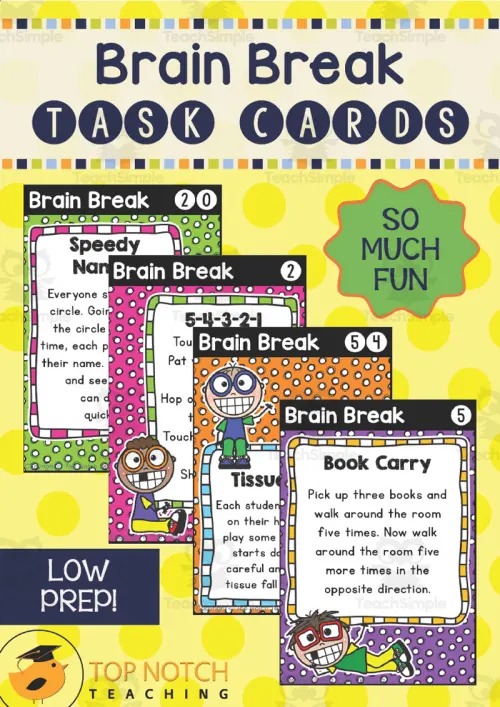
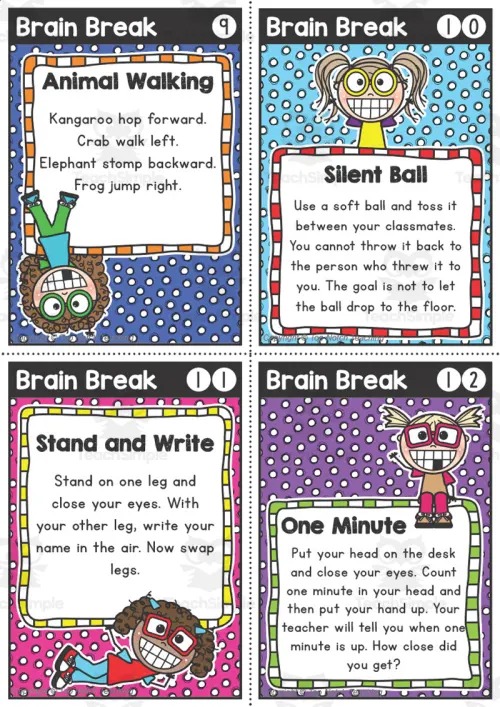
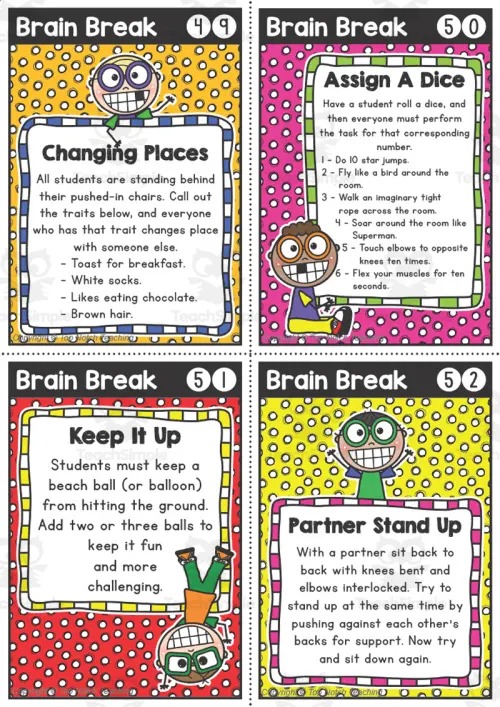
Create a word scramble
Begin your lesson by writing a jumble of letters on the board that, when rearranged, spell out a word or short phrase related to the lesson.
Share yourself with your students
Including personal stories about your own struggles to learn what they’re learning, or even sharing unrelated stories about your own personal life can make your classroom so much more engaging. Think about how you feel much more interested in your family and friends than total strangers. Creating a personal connection between yourself and students has the same effect.
Break for Storytime
Who doesn’t love being read to? An interesting or new book can really get kids’ attention.
There’s An Elephant In The Bathtub by Twin Sisters Digital Media
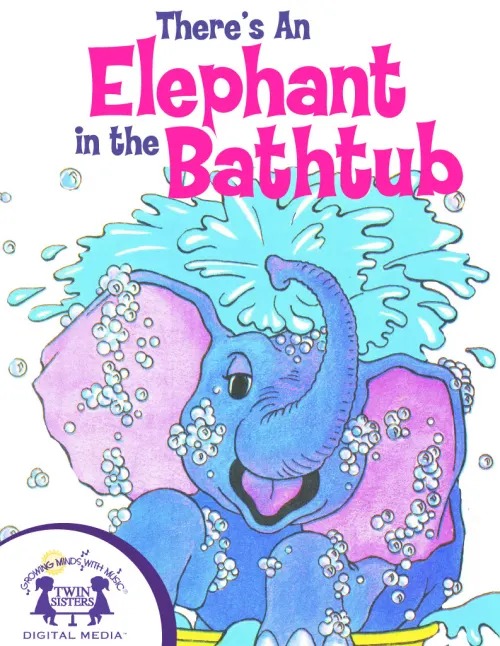
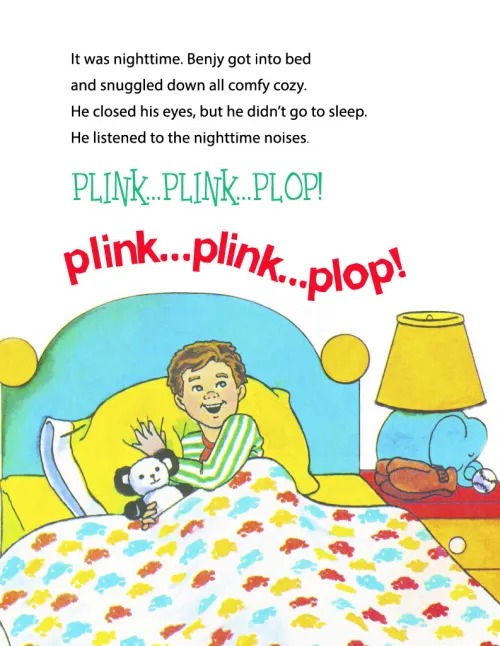
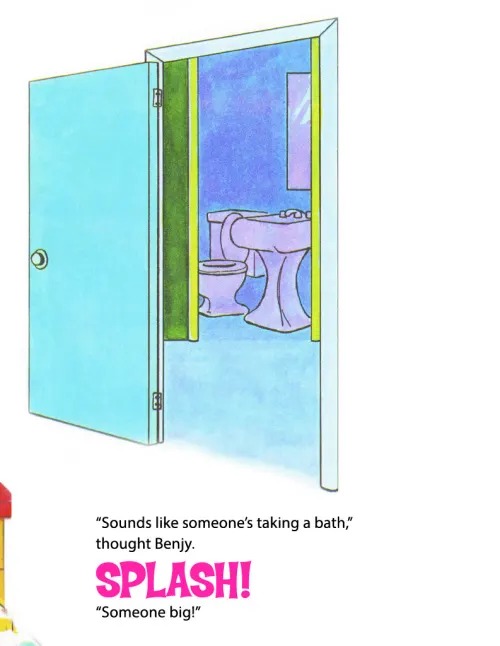
Toss A Beach Ball
Rather than the traditional raising of the hand and being called on by the teacher, try passing a beach ball to a student when it’s their turn to answer. They can toss it back to you or pass to another student to answer the next question.
Use A Sensory Path
A sensory path is a simple obstacle course for students. They often include different creative movement stations such as leaping like a frog, crab walking or striking a silly pose. They are a great way for students to blow off some steam, readying them to return their focus to classroom learning.
Classroom Attention Getters To Use With Your Students FAQs
If you’re not on teacher TikTok yet, there are a lot of great teachers posting videos of their attention getters they use with their students. Try checking out @nattiemeetsworld, @thatweirdchoirteacher, and @thecrazycreativeteacher
Teacher: “Hocus Pocus!” Students: “Everybody Focus!”
Teacher: “Werewolf bar mitzvah, spooky, scary!” Students: “Boys becoming men, men becoming wolves!”
Teacher: “They did the mash!” Students: “They did the monster mash!”
From The Nightmare Before Christmas: Teacher: “This is Halloween!” Students: “This is Halloween!”
Activate a windchime. Students respond by holding their hands up in the air and wiggling their fingers like a wind chime.
Clap a short rhythm for students to repeat.
Hold up five fingers. Silently put one finger down at a time, counting down from 5. Students join in as they notice, till everyone has their hand raised.
Final Thoughts
There are so many options for getting attention in the classroom. There’s no need to resort to negative tactics like yelling or threatening punishments for naughty behavior. Kids want to do a great job at school and achieve classroom harmony. Getting creative with how you guide your students’ attention throughout class makes for an easier, lovelier day full of laughs for both students and teachers. And if you need more ideas, try enlisting your students! They will have tons of ideas of their own.
